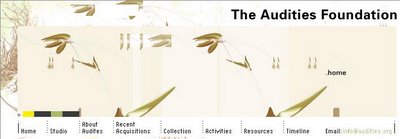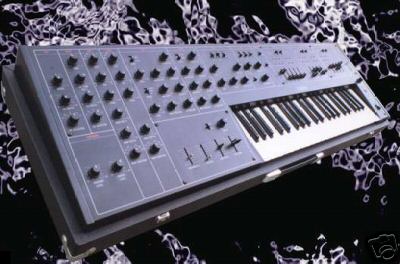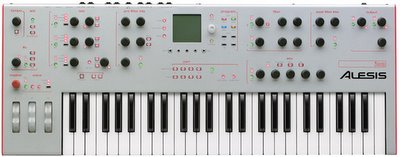Update: Make sure to check out the comments section of this post for some good dialog going on.
Jim Aikin, former senior editor of Keyboard magazine, posted the following on the SynthSights list. It's an interesting perspective on why many people will identify more with melody over texture of sound - why musical hooks will usually get stuck in our heads more likely than synth soundscapes. I asked Jim if I could post this and he gave me the ok. Thanks Jim! Title link takes you to Jim Aikin's website.
"My suspicion is that our ability to sense and respond to pitch inflection
(i.e., melody) has evolutionary roots in our ability to understand language.
Even in languages that use pitch inflection to distinguish one word from
another, I'm sure speakers and listeners understand the difference in affect
between a sentence spoken in a high, rapid tone with exaggerated pitch
changes and the same sentence spoken in a low, hesitant monotone.
Musical perception uses the same brain mechanisms.
Textures can be instantly identifiable, even before the entrance of motivic
content, and can carry a profound emotional charge. But I doubt that a
texture stays in your head and comes back to you at odd moments the way a
melody by Mozart or Lennon & McCartney will.
Again, it's evolution at work. A melody uses syntax, so it gets "filed" by
the brain using the same ultra-sophisticated language-handling modules that
allow you to remember, word for word, what your Significant Other (or, for
that matter, a total stranger) said to you last week. Most listeners don't
have the mental equipment to handle texture and tone color in that way.
The weakness that I've observed in far too many synth-based CDs (and I used
to listen to a lot of them when I was at Keyboard) is that while the opening
texture is beautiful and stimulating, the music never goes anywhere. The
melodic and harmonic structure, if it exists at all, fails to hold my
attention.
I suppose this is ultimately an elitist position in favor of the
old-fashioned virtues taught in college-level composition courses. But the
music itself doesn't have to be elitist...
Them's mah 2 cents, and ah'm stickin' to 'em."
--Jim Aikin



















































